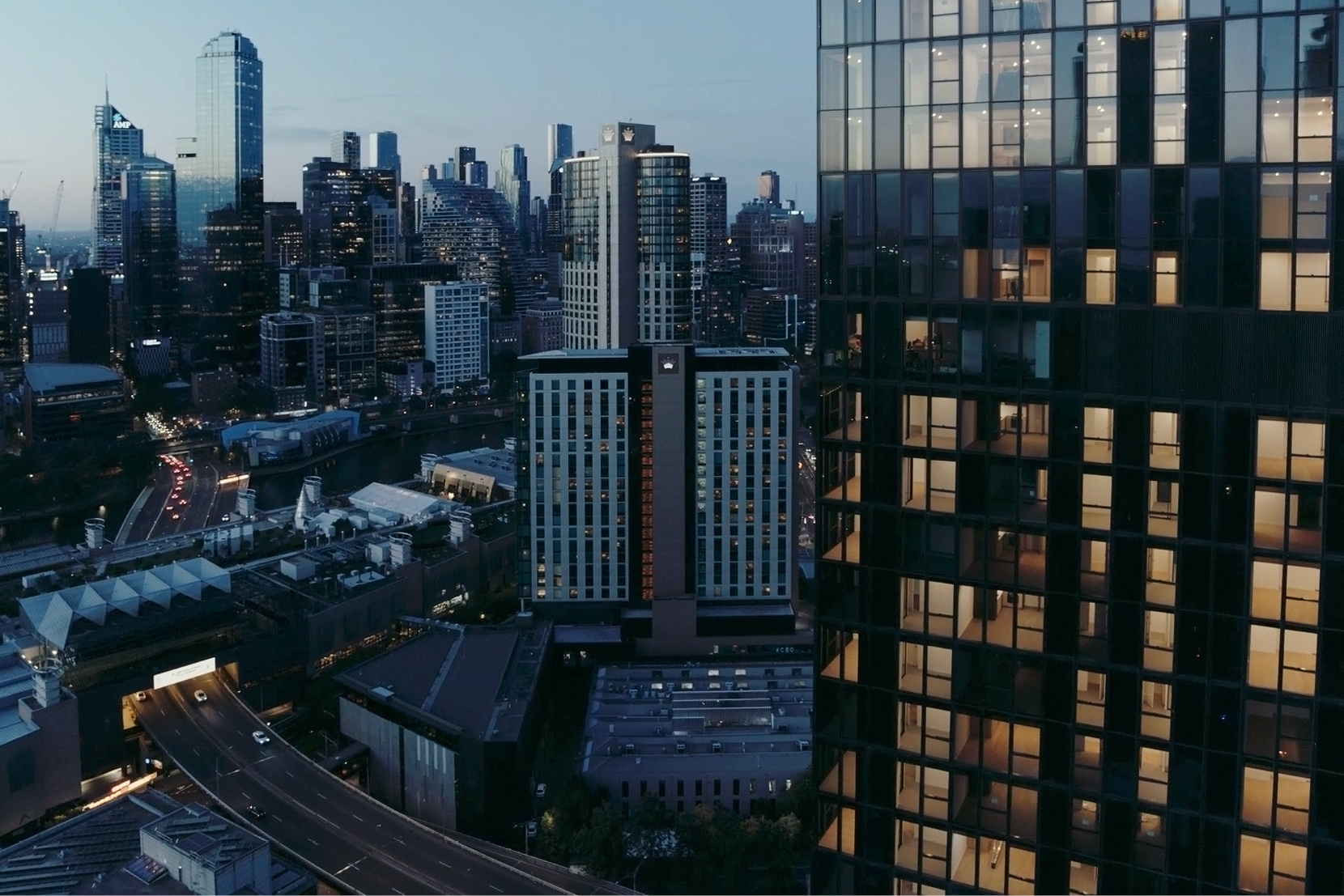What’s the future of Australian cities?

With alternative modes of living on the rise the future looks bright – but different
There’s no longer a one-size-fits-all approach to modern living, and Australians are increasingly looking for new ideas that reflect their desired lifestyle.
Nobody understands that shift quite like Christian Grahame, as head of Home he’s one of the people reshaping our country’s approach to cities. Home’s model is completely focused on bettering liveability for renters. “Our whole purpose is to have happy residents and communities. Because happy residents will stay – and that’s good for all of us,” says Grahame.
We realise this resident-first way of thinking through thoughtful design and hotel-like services because, as Grahame puts it, “Life’s too short to live in an apartment that you don’t love.” As a new way of thinking, Home’s model intersects with several alternative philosophies for city living that are gaining traction around the globe. From reinventing renting to a radical rethink of neighbourhood planning, these movements are changing our cities – and the way we live within them.
Build-to-rent
As Australia’s first premium build-to-rent apartment offering, we know a thing or two about the concept (and why it’s a gamechanger). Already popular in cities like London and New York, build-to-rent is a model where a single entity holds residential buildings. This singular focus means we can offer buildings designed for renters from the ground up.
Build-to-rent ensures a higher level of service and amenities, while offering residents the security (and flexibility) of long-term tenancy options without fear of sudden changes or eviction. Not to mention, the peace of mind that comes from knowing there’s someone on-hand for maintenance and emergencies (both minor and major).
20-minute neighbourhoods
When local communities thrive, everyone thrives – that’s one of the key motivations behind the 20-minute neighbourhood, a new approach to improving liveability in our cities. The philosophy believes that people should be able to meet most of their daily needs within a 20-minute return walk, cycle or public transport ride. As major cities look to the 20-minute neighbourhood for long-term planning, it’s become a big consideration for where new buildings like Home are located and how they’re designed, explains Grahame. “If you look at the way that we have selected our sites, they’re influenced by that 20-minute principle. We’ll generally try to locate near good transport and within a high amenity area or we’ll create that amenity within the community that we’re constructing.”
Small footprint living
The UN predicts that by 2050, more than two-thirds of all people will be living in urban areas. Most cities are limited in how much they can expand outwards, so an influx in population means we need to utilise the space we already have in smarter ways. Small footprint living is one design philosophy that’s at the heart of that rethink. It’s a movement that uses creative design as a solution to save space in a way that doesn’t compromise on lifestyle, which in turn reduces the ecological impact of urban living. Designing with community needs in mind is at the heart of small footprint living. At Home, that’s reflected not only in the generous communal spaces but also in resident services that are developed through an evolving dialogue with residents.
“ We always leave space for our offering to be influenced by what the residents want. If we see that there’s a desire to have something like a running club, for example, we will help coordinate that,” explains Grahame. “We are perfectly aligned with the resident – our whole purpose is to make sure they’re happy.”This process is an evolving one, too. “Our internal design and Resident Services team are always looking to refine our offer,” he adds.
Rentvesting
For a growing number of Australians, home ownership looks a lot different than it did a generation or two ago. “Our residents are most often renting by choice – it’s not a forced situation. They’re of a generation that’s generally renting because they’re attracted by something better at this stage of their lives,” explains Grahame.
But that doesn’t mean people are giving up on home ownership. As it turns out renting and buying a property aren’t mutually exclusive, as savvy buyers find a new pathway – rentvesting.
The strategy involves renting where you want to live – close to all of your favourite shops and restaurants and galleries – and buying an investment property in a more affordable location. It’s the property investment equivalent of having your cake and eating it too.
According to 2019 ABS figures, rentvesting is a growing trend with around 340,000 Australian rentvestors already in the market – that’s a lot of people already enjoying their dessert.






